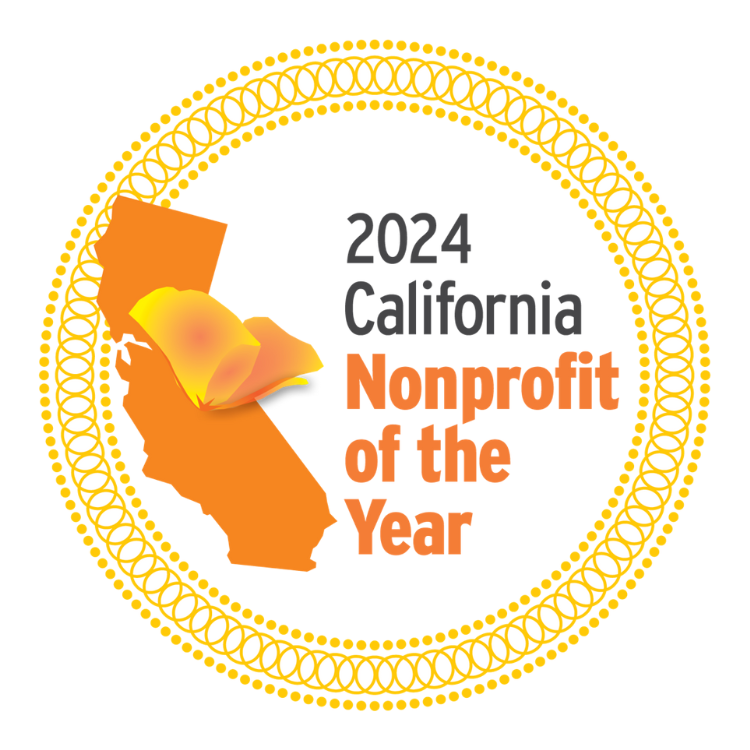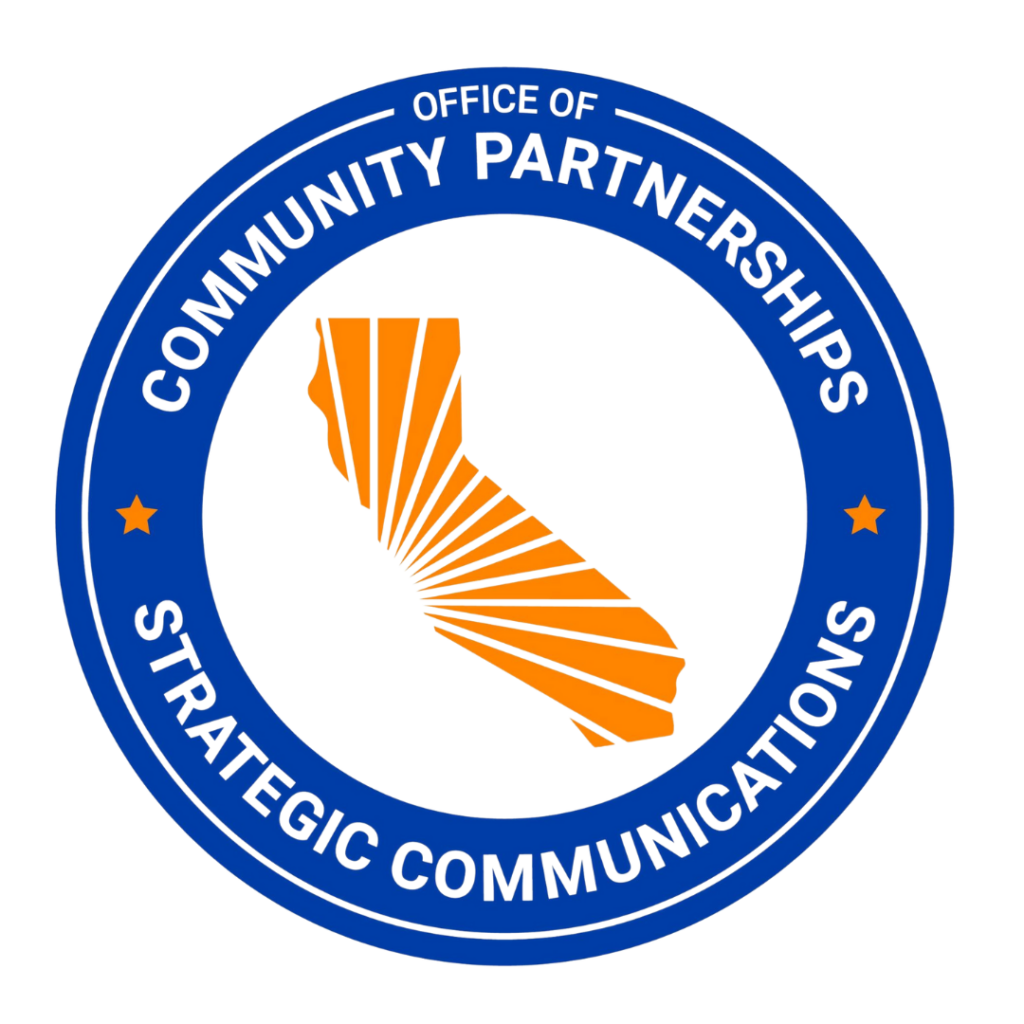Wondering if your old shampoo bottle can be recycled? Not sure if that milk jug you used belongs in the black or green bin? Coastkeeper is here to help!
On the bottom of most plastic packaging and containers is a number surrounded by a triangle. Many assume this is means the item is recyclable, but this isn’t always true. Those numbers represent different resin identification codes that indicate what plastic the product was made from. Find a full list of plastic numbers and how to properly dispose of them here.
In a recent New York Times article, the vice president of recycling at Waste Management, Brent Bell, said, “We always encourage people to focus on Nos. 1, 2 and 5 because we have great markets for them in the U.S.” Typically, these numbers are found on plastic bottles, milk jugs, laundry detergent bottles, yogurt cups and butter tubs. Removing labels and rinsing these items helps expedite the recycling process immensely.
In contrast, you should avoid trying to recycle plastic numbers 3, 4, 6 and 7. These numbers can be found on soft items like shopping bags, cling film as well as anything made of PVC.
If all this seems like a lot to remember, that’s because it is. Ultimately, the best way to assure you don’t contribute to plastic pollution is to avoid plastic when possible. Our team enjoys solutions such as reusable shopping bags, water bottles, straws and utensils. You can also help us clean plastic off our beaches at our monthly beach cleanups.






